Quick Summary:
The iconic New Balance font is a custom-designed sans-serif typeface, often referred to as “New Balance Sans.” It’s not a single publicly available font but a unique lettering style created for brand consistency, known for its clean, athletic, and timeless appeal.
Ever spotted that distinctive typeface on your favorite New Balance gear and wondered what it’s called? You’re not alone! The “New Balance font” is a common search for many creatives and fans alike. It’s a classic, and understanding its origins and characteristics can offer valuable insights for your own design projects. Don’t worry if you haven’t found a perfect match yet; this guide will break down everything you need to know about the New Balance font style, from its design principles to how you can achieve a similar feel in your work.
Understanding the New Balance Font: More Than Just Letters
The New Balance font isn’t just a font; it’s a branding cornerstone. It embodies the spirit of the company: athleticism, reliability, and a touch of classic style. This consistent visual language ensures that every product, advertisement, and piece of merchandise instantly feels like New Balance.
The Genesis of a Logo Typeface
Many major brands invest in custom typography to make their mark. New Balance is no exception. The typeface used in their logo and marketing materials—often called “New Balance Sans” by enthusiasts—is a carefully crafted sans-serif. While it might resemble existing typefaces, its specific letterforms, spacing, and proportions are unique to the brand. This customization prevents confusion and reinforces brand identity.
Think about how certain fonts just feel like a brand. That’s the power of custom typography at play. It’s not just about what the letters say, but how they look saying it. The New Balance font communicates a sense of heritage, performance, and accessibility, all wrapped up in a clean and modern package.
Key Characteristics of the New Balance Font
What makes the New Balance font so recognizable? Several design elements contribute to its distinct personality:
- Sans-Serif Structure: It lacks the small decorative strokes (serifs) found at the ends of letters in other font styles. This gives it a clean, modern, and highly legible appearance.
- Geometric Influence: Many of its letterforms, like the ‘O’ and ‘C’, show influences from geometric shapes, providing a sense of structure and order.
- Balanced Proportions: The stroke widths are generally consistent or have subtle variations, contributing to a sense of balance and stability.
- Slightly Condensed Feel: In some iterations, there’s a subtle sense of the letters being slightly squished together, adding to its efficient and athletic look.
- Capitalization Emphasis: The logo itself, and much of its prominent branding, uses all capital letters. This can convey strength, authority, and a bold statement.
These characteristics work in harmony to create a font that is both strong and approachable, fitting perfectly with the brand’s ethos of enabling athletic achievement.
Can You Use the Official New Balance Font?
This is a common question, and the short answer is: not directly. The official typeface used by New Balance is proprietary. This means it’s a custom design owned by the company and is not available for public download or commercial licensing like many other fonts.
If you’re looking to create branding that evokes the New Balance style, or if you need a font for a similar aesthetic, the key is to find fonts that share these core characteristics. It’s about capturing the essence of the New Balance look, rather than using the exact same typeface.
Finding Similar Fonts: Alternatives for Your Projects
Since the official New Balance font isn’t accessible, designers often seek alternatives that mirror its clean, athletic, and universally appealing sans-serif style. Here are some popular and suitable alternatives, categorized by their closest resemblance:
Close Matches: Fonts with a Strong “New Balance” Vibe
These fonts capture the primary essence of the New Balance typeface, offering a similar feel of modern athleticism and clarity. They are great for logos, headlines, and strong branding statements.
| Font Name | Key Similarities | Where to Find (Examples) |
|---|---|---|
| ITC Avant Garde Gothic | Geometric letterforms, particularly the ‘O’ and ‘G’. Clean, stylish, and versatile. Shares a retro-futuristic feel often associated with timeless brands. | Adobe Fonts, MyFonts |
| Proxima Nova | Modern sans-serif with geometric and grotesque influences. Excellent clarity and a wide range of weights. Very popular in contemporary design for its readability and clean look. | Adobe Fonts, MyFonts |
| Gotham | Geometric sans-serif with broad proportions and a friendly, authoritative tone. Its design is based on classic American shapes and has a strong, stable presence. | Adobe Fonts, Typography.com |
| Montserrat | A popular Google Font with a geometric foundation. It offers a friendly yet strong aesthetic, with a good range of weights and styles, making it highly adaptable. | Google Fonts |
| League Gothic | A condensed, tall sans-serif that gives a strong, impactful feel. While more condensed than some New Balance applications, it shares the emphasis on bold, all-caps headlines. | Google Fonts |
Fonts with a Slightly Different Flavor
These fonts might lean more towards one aspect of the New Balance style, such as its clean lines or its slightly wider feel. They can be excellent choices depending on the specific nuances you want to capture.
| Font Name | Key Characteristics | Where to Find (Examples) |
|---|---|---|
| Raleway | Elegant sans-serif with distinct geometric features, especially in its ‘W’. It has a slightly lighter, more sophisticated feel than a purely athletic font, but its clarity is excellent. | Google Fonts |
| Lato | A humanist sans-serif that balances warmth with a strong, stable feel. It’s highly readable and versatile, offering a friendly yet professional appearance. | Google Fonts |
| Open Sans | Another highly popular humanist sans-serif designed for excellent legibility on digital screens. Very neutral and versatile, it offers a clean and dependable feel. | Google Fonts |
Designing with a “New Balance” Aesthetic: Key Principles
Creating designs that capture the New Balance feel involves more than just picking a similar font. It’s about thoughtful application and consistent branding choices.
1. Embrace Simplicity and Clarity
The New Balance aesthetic is deeply rooted in functionality and clear communication. Avoid overly decorative elements. Let the typography speak for itself. Clean layouts, ample white space, and a focus on bringing the product or message to the forefront are crucial.
2. Focus on Legibility
Athletic brands need to communicate quickly and effectively. Whether it’s product details, performance stats, or motivational slogans, readability is paramount. Choose fonts with clear letterforms and sufficient spacing. Consider how the font will appear at various sizes, especially on product tags or small digital interfaces.
3. Use Strong, All-Caps Headlines (When Appropriate)
The iconic New Balance logo and many of its headlines use all capital letters. This creates a bold, impactful presence. When aiming for a similar effect, consider using a sturdy, well-spaced sans-serif font in uppercase for your main titles and branding elements. Ensure there’s enough letter-spacing to maintain readability, especially with condensed fonts.
4. Color Palette Considerations
While not directly about the font itself, color plays a massive role in brand perception. New Balance often uses its signature navy and white, sometimes accented with vibrant colors to highlight performance or innovation. A clean, strategic color palette will amplify the impact of your chosen typeface.
5. Context is Key: Where Will You Use It?
Think about the various applications for your design:
- Logos: Here, a strong, memorable font is essential. Consider the all-caps approach and unique letter quirks.
- Websites: Prioritize readability for body text. You can use a bolder, more distinctive font for headings and navigation.
- Apparel: Apparel fonts need to be durable and often printed in smaller sizes. Legibility and clean lines are vital.
- Marketing Materials: Brochures, ads, and social media graphics offer more flexibility for creative typography, but always maintain brand cohesion.
Tools and Resources for Font Exploration
Finding the perfect font can be a journey of exploration. Here are some invaluable resources to help you:
- Google Fonts: A vast library of free, open-source fonts that can be easily used on websites or downloaded. It’s an excellent starting point for finding free alternatives.
- Adobe Fonts: If you’re an Adobe Creative Cloud subscriber, you have access to a premium library of fonts that can be activated for use in your projects.
- MyFonts: One of the largest font marketplaces, offering a massive selection of commercial fonts from various foundries.
- Font Squirrel: Offers a curated selection of free fonts for commercial use, often with high-quality designs.
- WhatTheFont (by MyFonts): Upload an image of text, and this tool will try to identify the fonts for you. Invaluable for trying to identify fonts in existing designs!
For font licensing and usage, always refer to the specific terms and conditions provided by the font foundry or platform. Understanding the difference between free for personal use and free for commercial use is crucial for businesses and designers.
Step-by-Step: How to Achieve a “New Balance” Inspired Look
Ready to apply these insights? Here’s a practical approach:
- Define Your Goal: What is the purpose of your design? Is it a logo, website, or marketing material? This will influence your font choice and application.
- Analyze Your Inspiration: Look at New Balance’s branding. What specific elements of their typography resonate with you? (e.g., all caps, geometric curves, thick strokes).
- Explore Font Libraries: Use the resources mentioned above (Google Fonts, Adobe Fonts, MyFonts) to search for sans-serif fonts. Use keywords like “geometric,” “modern,” “clean,” “condensed,” or “athletic.”
- Test Potential Fonts: Download or activate a few promising fonts. Type out sample text, including the brand name you’re working with, in different weights and sizes.
- Evaluate Key Letterforms: Pay attention to letters that often define a font’s character, such as ‘A’, ‘G’, ‘R’, ‘S’, and ‘O’. Do they share similarities with the New Balance style?
- Consider Spacing (Kerning & Tracking): The space between letters (kerning) and overall letter spacing (tracking) is critical. New Balance often uses carefully adjusted tracking, especially in all-caps text.
- Refine with Context: See how the font looks within your design layout. Does it complement the imagery and overall message?
- Use All Caps Strategically: If aiming for that bold New Balance feel, experiment with all caps for headlines or key branding elements. Ensure ample letter-spacing for readability.
- Pair with Other Elements: Combine your chosen font with a complementary color palette and clean graphic elements to complete the aesthetic.
Remember, the goal is inspiration, not imitation. Your design should feel authentic to your brand while drawing on the powerful visual language of established styles.
FAQs About New Balance Font
What is the official New Balance logo font?
The official New Balance logo font is a custom-designed sans-serif typeface developed specifically for the brand. It does not have a publicly available name and is not a standard font that you can download.
Can I legally use a font that looks like the New Balance font for my business?
Yes, you can use fonts that are similar in style to the New Balance font for your business, provided you have the proper license for the font you choose. The “borrowing” of a style is acceptable, but using exact proprietary logos or fonts is not.
Where can I find free fonts similar to the New Balance font?
You can find free fonts with a similar aesthetic on platforms like Google Fonts and Font Squirrel. Look for geometric or modern sans-serif fonts and check their specific licensing terms.
Is “New Balance Sans” a real font?
“New Balance Sans” is not an officially recognized font name but rather a term used by designers and enthusiasts to describe the typeface New Balance uses. It refers to their internal, custom-designed font.
Why do brands create custom fonts?
Brands create custom fonts to achieve unique brand identity, ensure consistency across all platforms, control their visual messaging, and prevent competitors from easily replicating their look. It’s an investment in their brand equity.
How can I make my text look athletic and modern like New Balance?
To achieve an athletic and modern look, use clean, well-proportioned sans-serif fonts. Consider using all caps for headlines with generous letter-spacing, and ensure your overall design is simple, functional, and uses a clear color palette.
Conclusion: Crafting Your Brand’s Voice with Typography
The New Balance font represents more than just letters on a page; it’s a carefully constructed piece of brand identity that conveys strength, reliability, and a timeless athletic spirit. While the official typeface remains exclusive to the brand, understanding its design principles opens up a world of possibilities for your own creative endeavors.
By exploring similar sans-serif fonts, focusing on clarity, and applying design principles like strategic use of all caps and ample white space, you can craft a powerful and memorable visual language for your brand. Whether you’re designing a logo, a website, or marketing collateral, the lessons learned from analyzing iconic typography like that of New Balance can significantly elevate your design choices. Remember to always seek out licensed fonts for commercial use and to let your own brand’s unique story shine through your typography.
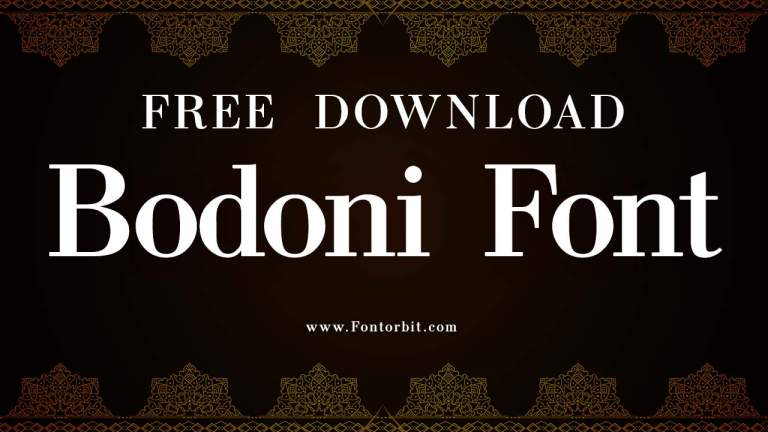
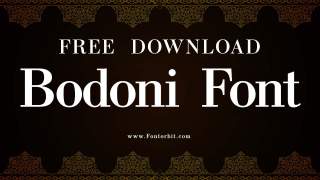


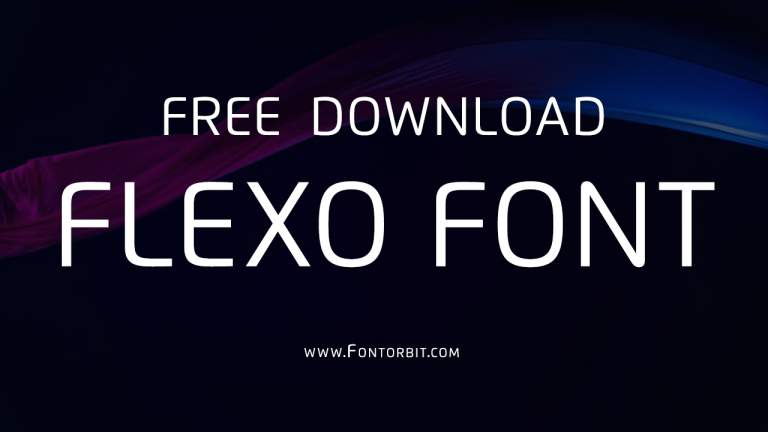
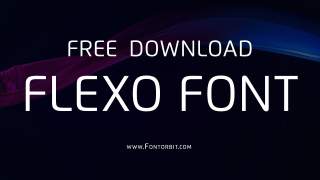
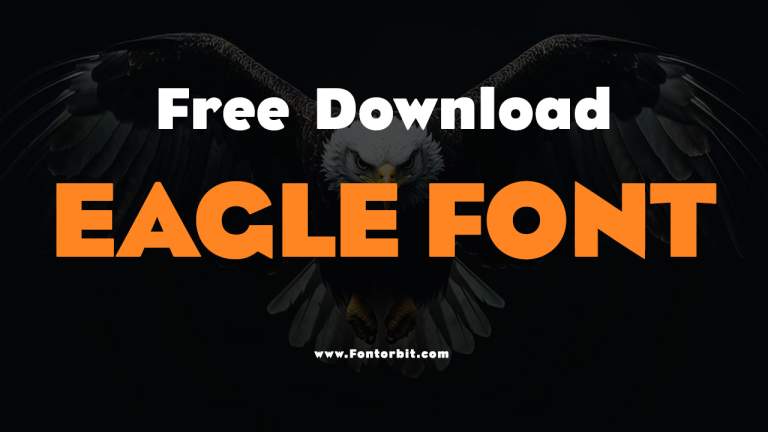
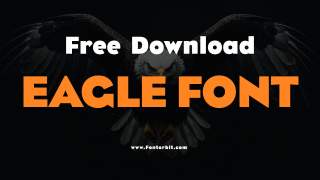
Leave a Comment